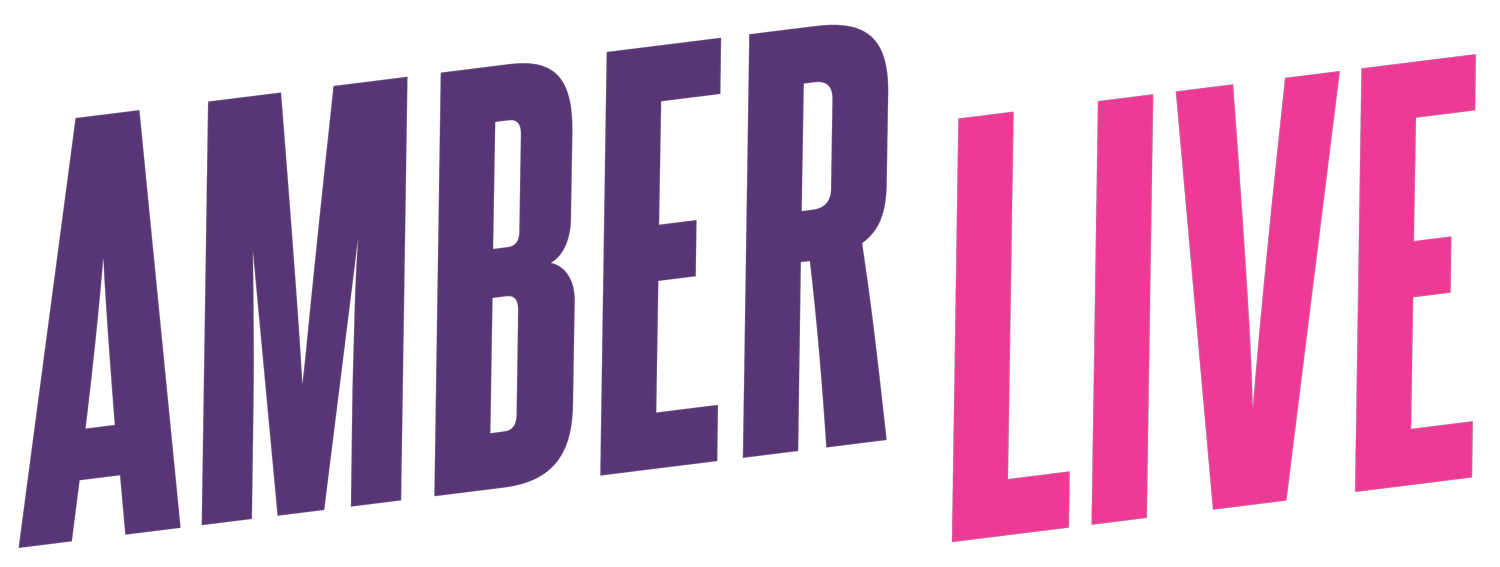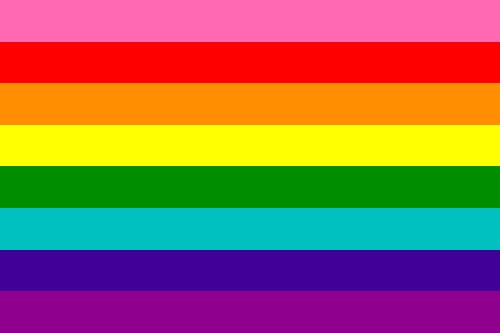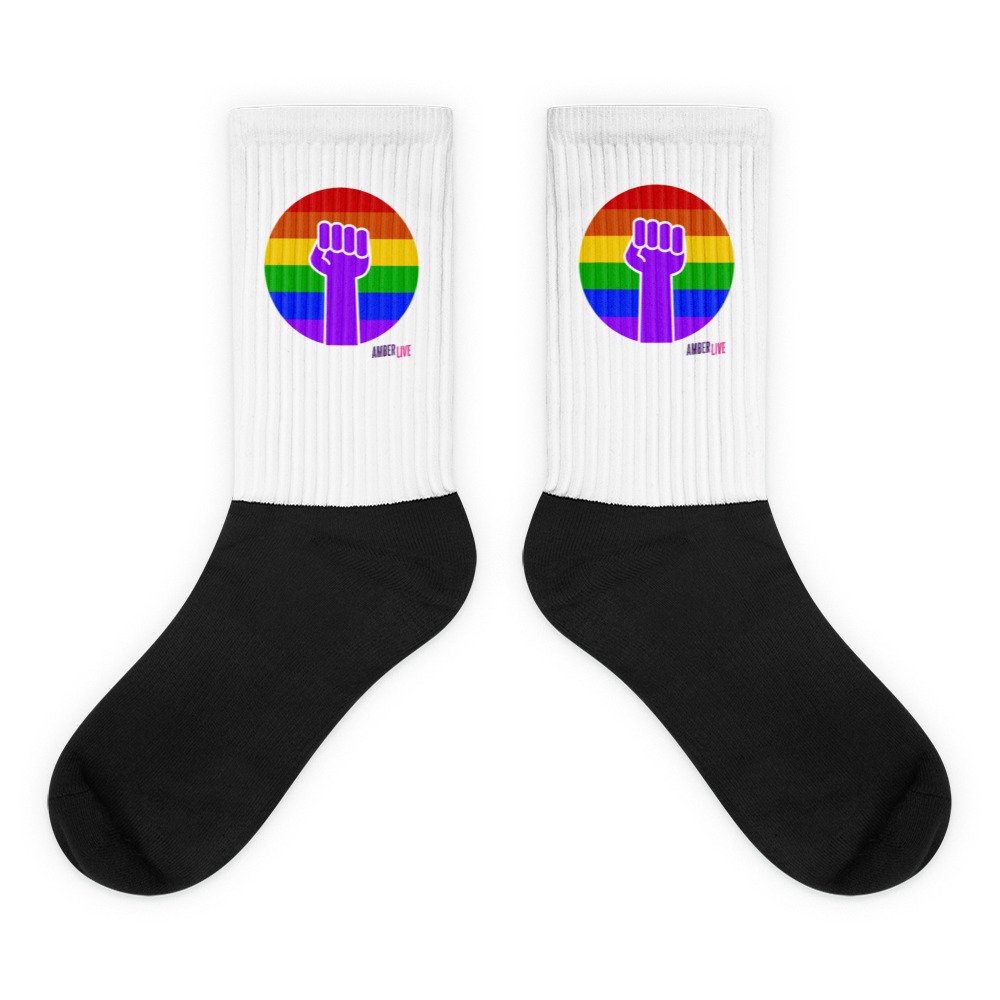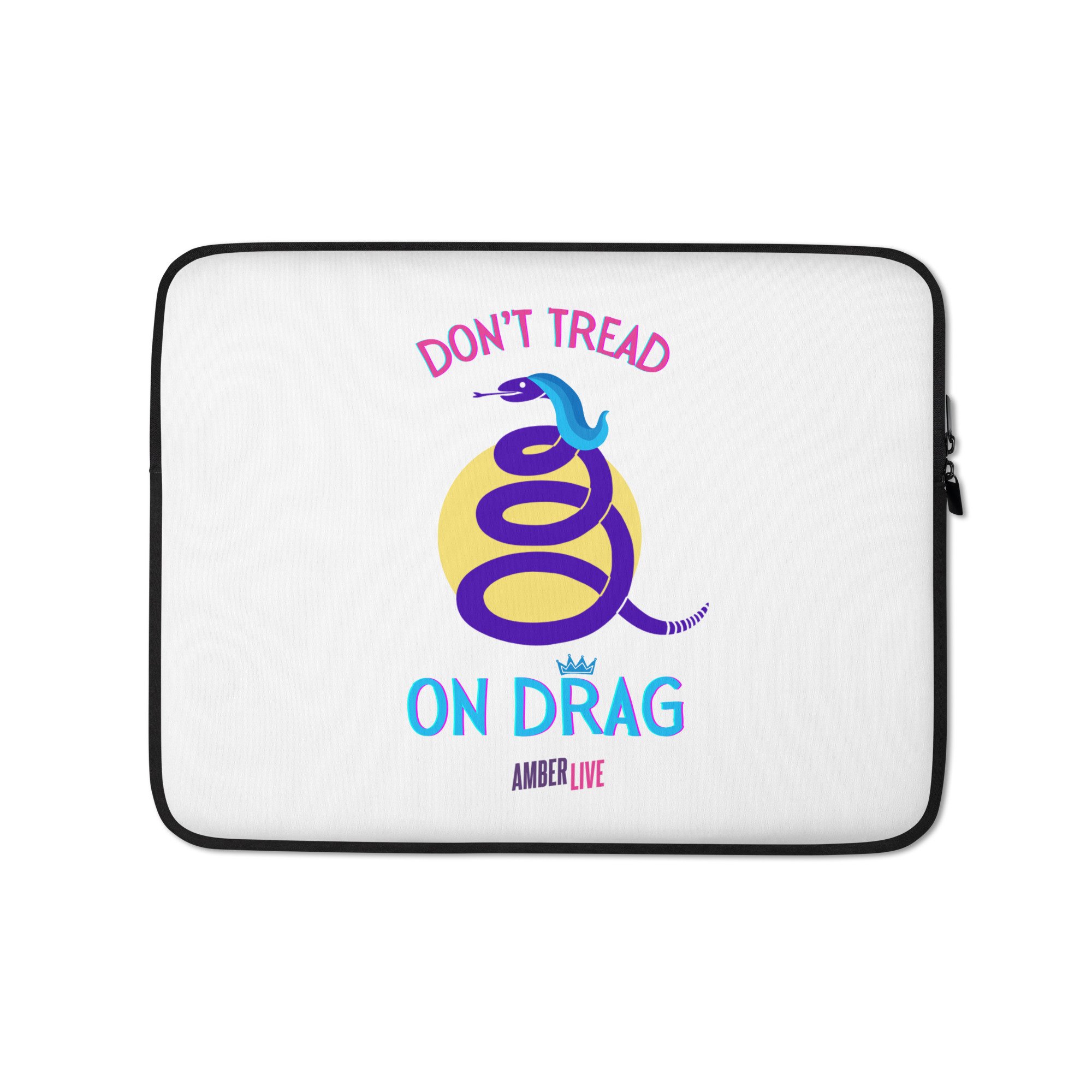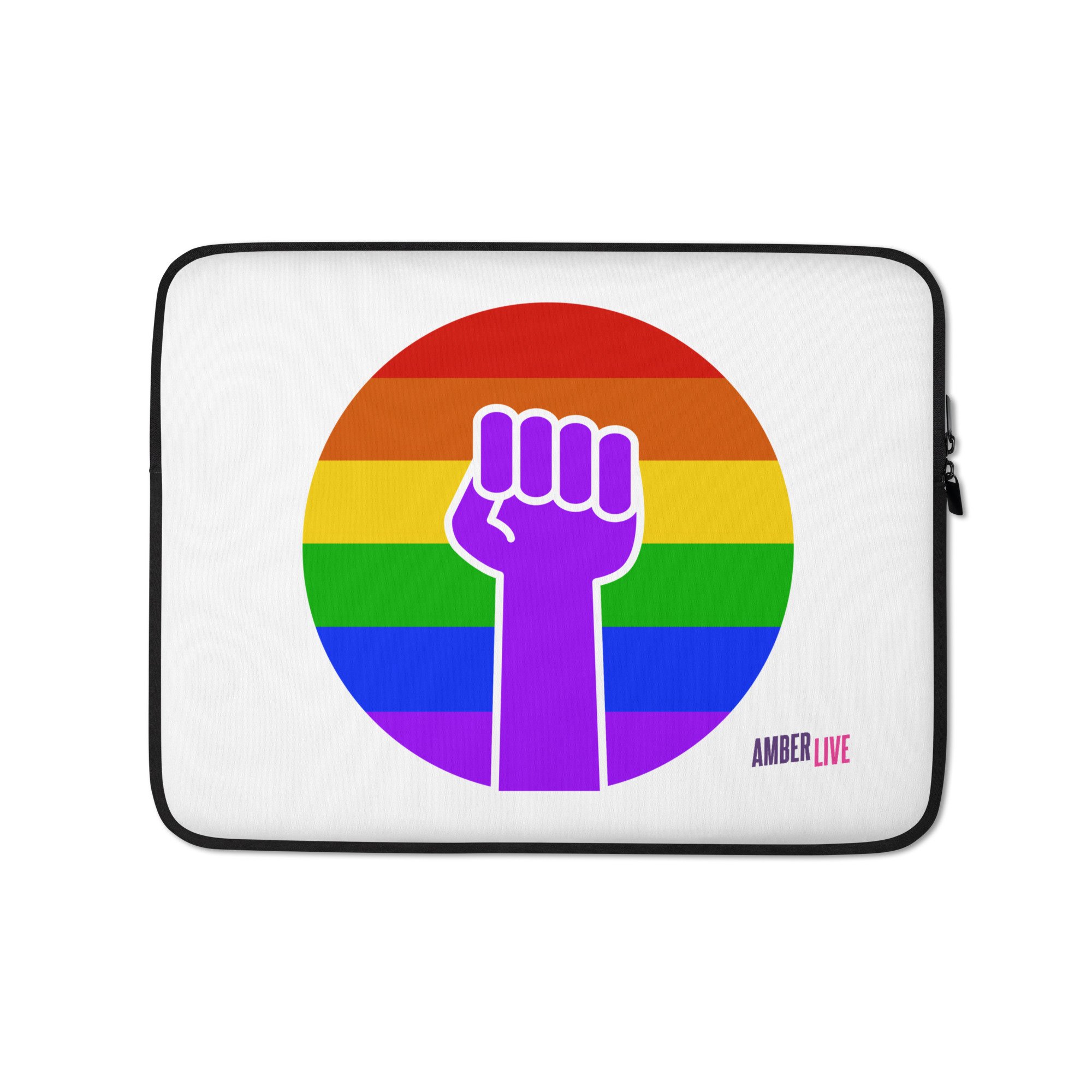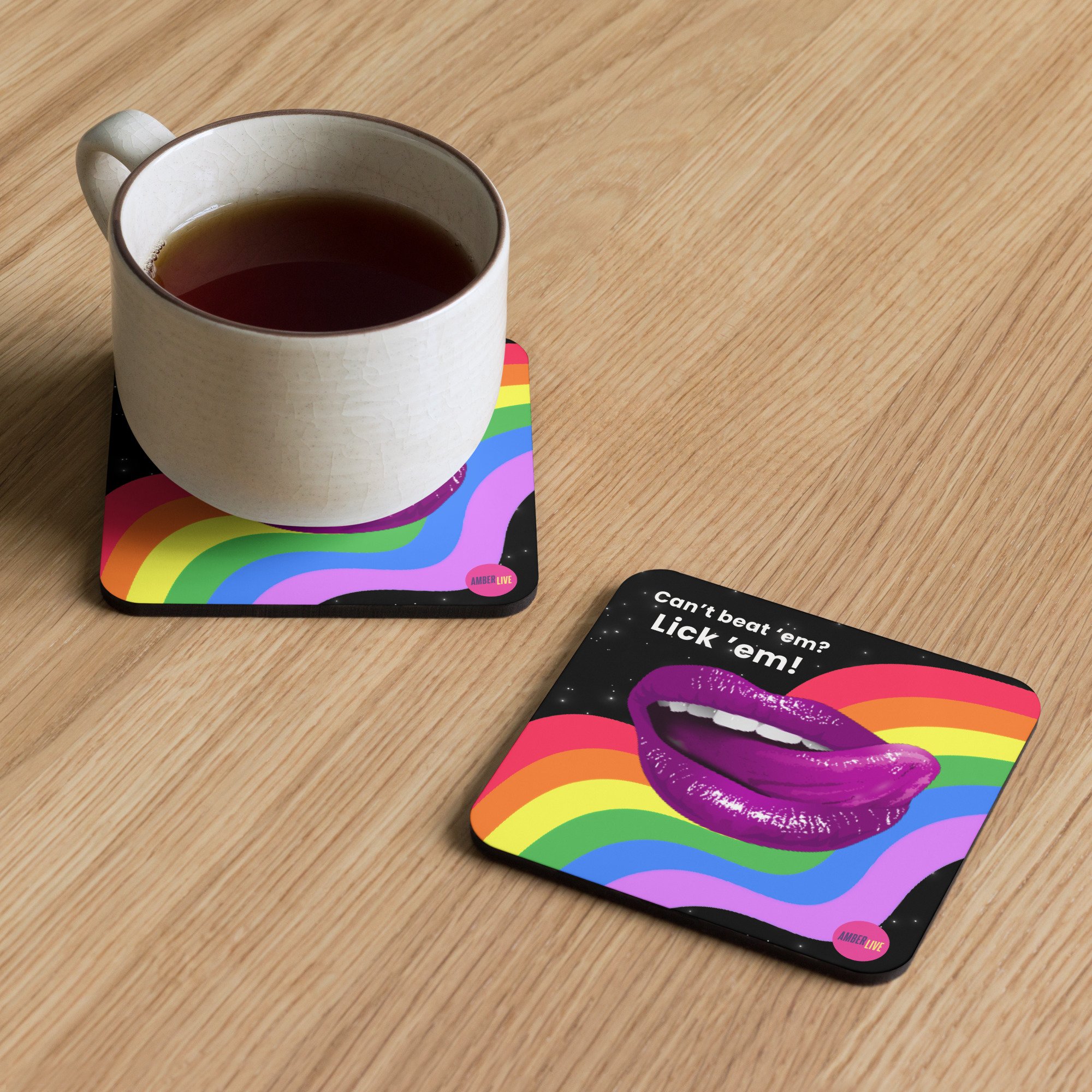What are LGBTQ Colors and Their Meanings?
Table of Contents:
What are LGBTQ Colors? The Origins of the LGBTQ+ Pride Flag
The Original Eight-Color Pride Flag Design
The Modern Six-Color LGBTQ Pride Flag
The Meaning Behind the LGBTQ Colors
Variations and Additions to the Classic Pride Flag
The Universal Message of LGBTQ Pride
The rainbow pride flag is an instantly recognizable symbol celebrating sexual and gender diversity around the world. But what are the LGBTQ colors that make up this powerful banner, and what do they each represent?
1. What are LGBTQ Colors? The Origins of the LGBTQ+ Pride Flag
What are LGBTQ Colors? The original pride flag design was conceived in 1978 by artist and gay rights activist Gilbert Baker as a new symbol for the growing LGBTQ movement. Inspired by the rainbow flags displaying different striped patterns used in the anti-war and counterculture movements of the 1960s, Baker wanted a unifying symbol for LGBTQ people that rejected the stereotypical pink triangle.
2. The Original Eight-Color Pride Flag Design
Baker's first rainbow pride flag featured eight colors, each chosen for its symbolic meaning:
a. Red: Life
b. Orange: Healing
c. Yellow: Sunlight
d. Green: Nature
e. Blue: Harmony
f. Purple: Spirit
g. Pink: Sex
h. Turquoise: Magic/Art
This original eight-color design made its debut at San Francisco's United Nations Human Rights celebration on June 25, 1978.
3. The Modern Six-Color LGBTQ Pride Flag
Just a year later in 1979, the design was pared down to six colors due to constraints in sourcing sufficient fabric for the pink and turquoise stripes. The indigo stripe was also dropped, leaving a single blue. This revised six-color flag quickly became the standard at the time:
a. Red: Life
b. Orange: Healing
c. Yellow: Sunlight
d. Green: Nature
e. Blue: Harmony
f. Violet: Spirit
4. The Meaning Behind the LGBTQ Colors
What are LGBTQ Colors? What do the official set of colors mean? While interpretations can vary, the most commonly associated meanings for the six LGBTQ pride flag colors are as follows:
Red: Life, energy, blood
Orange: Healing, courage, the sun
Yellow: Sunlight, hope, air
Green: Nature, growth, peace
Blue: Harmony, art, the sky
Violet: Spirit, truth, connectedness
Together, these vibrant shades form a powerful rainbow celebrating the diversity, humanity, and equal rights of LGBTQ people everywhere.
5. Variations and Additions to the Classic Pride Flag
Over time, some new variations on the classic six-color rainbow flag have emerged, expanding on its inclusive message. These include:
The Philadelphia Pride Flag, which adds black and brown stripes to represent LGBTQ people of color.
Designs incorporating black, brown, light blue, pink, and white stripes to recognize the intersections of racial and transgender identities.
Recent moves to restore the hot pink stripe from the original 1978 design to specifically call out sex positivity and sex workers' rights.
6. The Universal Message of LGBTQ Pride
While updated styles and preferences emerge, the core symbolism remains the same. No matter which colors or patterns are used, the LGBTQ rainbow pride flag stands for equality, inclusion, and the affirmation of people across the full beautiful spectrum of orientations and gender identities. It boldly declares a message of self-love, self-expression, and the human rights of all.
Show your PRIDE with merch from the Amber Live store! Order today!
—This article was written, restructured, or adapted by Russell with information gathered from sources around the internet. Russell is the producer of Amber Live and is greatly overworked to pull it all together. If it’s on the internet, it must be true. (We’re kidding.) BUT, if you find any errors or omissions in the article, please let us know so that we may correct the issue. Thanks for your support!
